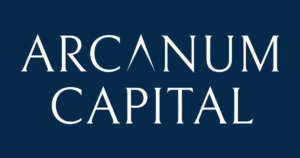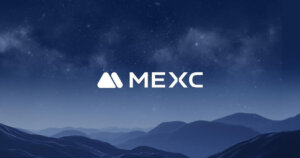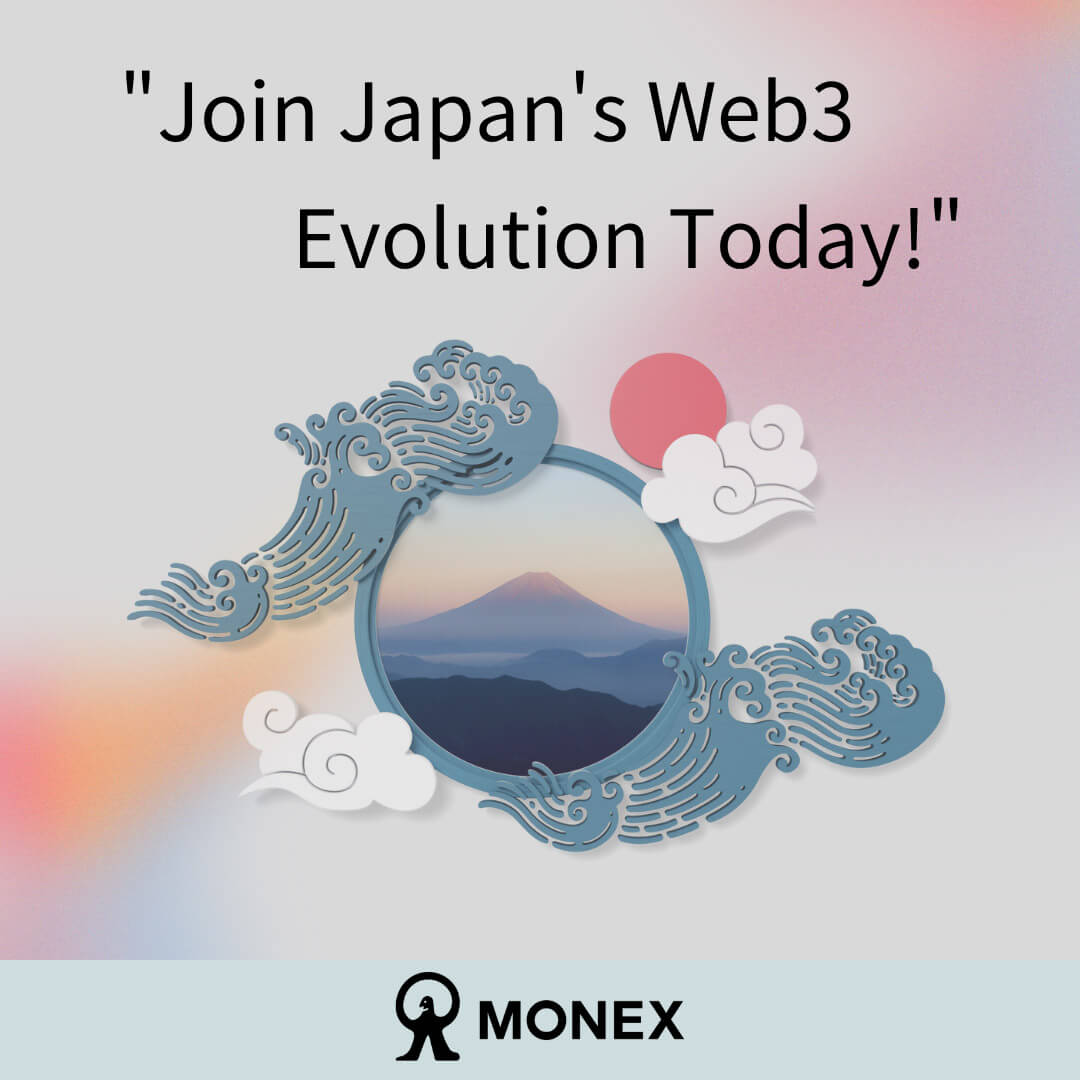 IOHK founder Charles Hoskinson discusses the future of Cardano
IOHK founder Charles Hoskinson discusses the future of Cardano IOHK founder Charles Hoskinson discusses the future of Cardano

Cover art/illustration via CryptoSlate. Image includes combined content which may include AI-generated content.
IOHK founder Charles Hoskinson discussed recent developments around Cardano during an event held in celebration of the project’s secondary anniversary. His long term vision: Cardano will disrupt centralized governance.
Shelley to get an incentivized testnet before mainnet launch
Cardano, an ambitious research-oriented blockchain, has slowly been transitioning into a new era which will transition the project to proof-of-stake (PoS) consensus. However, the launch of Shelley has been plagued with problems and delays. However, Charles Hoskinson, the co-founder and CEO of Input-Output Hong Kong (IOHK), the company behind Cardano, responded that the slow development was due to the company’s thorough and detailed approach to building Cardano.
The project celebrated its second anniversary on Sept. 28. Hoskinson, one of the co-founders of Ethereum, hosted a Cardano meetup in Plovdiv, Bulgaria, and used the opportunity to go over Cardano’s history and highlight the project’s plans for the future.
Hoskinson’s lengthy introduction speech touched on the topic of Shelley, the next era of Cardano’s development which will transition the network to a proof-of-stake protocol. Byron, the first development phase of Cardano, focused on the network’s basic needs and presented the first incarnation of its “Ouroboros” PoS consensus.
Shelley, whose testnet went live in the second half of June, is nowhere to be seen. Hoskinson said that a new, incentivized testnet will be launched in November, as the company was still not sure about the system’s functionality.
“If you’re going to decentralize the system and hand it over to people you need to build up a critical mass of people who are capable of running the system,” he said.
Hoskinson believes that there are two ways of doing this. The first, he explained, is forking the network, which isn’t the way anybody is willing to go. The second, longer, and harder way is to test the system even further.
“Or you can go ahead and build a safe sandbox,” he added.
Such a sandbox will allow knowledge and domain expertise to build up, which is due to “bubble over” at some point, he explained. When this knowledge hits a critical threshold the mainnet can launch, he argued.
While Shelley has yet again been delayed until the first quarter of 2020, there is a silver lining. The new incentivized testnet will act exactly the same as the mainnet. Users will be able to register, delegate, stake, and earn ADA on the testnet. All of the ADA earned in the testnet will be rolled over to the mainnet once it launches.
Cardano is a “third-generation” blockchain platform. However, unlike other blockchain projects, there isn’t a clear end to it. Hoskinson said Cardano is more of a social project than a blockchain project, as it’s only done when there are thousands of independent stake pools, not when the coding stops. The incentivized testnet is supposed to create an environment where this can happen.
Cardano aims to be the first agnostic blockchain standard for transactions
Once Shelley is running Cardano will focus on Goguen, the next iteration of the network. While Shelley will bring about a practical solution to staking, Goguen will focus on more philosophical issues.
Hoskinson said that smart contracts, although the most popular feature of blockchain networks, fail to address all of the elements of a transaction.
“Ethereum made everyone focus on smart contracts, instead of other aspects of transactions,” he said.
He said that the metadata attached to transactions—who sent it, where was it sent from, where was it sent to, when was it sent, etc.—is arguably more important than the transaction itself. The value of it matters less than the data it provides to the blockchain, which something neither Bitcoin nor Ethereum have taken into consideration.
Cardano aims to fix this, Hoskinson said, adding that it has the potential to become the most useful cryptocurrency in the market. Goguen will enable users to embed all kinds of data into a transaction, which could change the way we see everything from money to real-estate, he asserted.
To do that, the Cardano team is focusing an enormous amount of energy into fundamental research, defining the very basics of crypto and answering questions from ‘what is a blockchain’ and coming up with an airtight definition for a transaction. This is supposed to enable the network to become an “agnostic” blockchain standard for transactions and scale.
The more Cardano progresses, the more ambitious its claims become. In an interview earlier this year, Hoskinson said that Cardano will emerge from 2019 “100 times more decentralized than Bitcoin.” In his latest speech, though, Hoskinson claimed Shelley will ultimately bring about decentralization 250 times more than that of Bitcoin.
Many challenges still remain
The ambitious goals Cardano has set are certainly admirable. However, with this ambition comes obstacles.
Hoskinson discussed some of the problems Cardano has had to deal with, most of them focused on how to keep the good and get rid of the bad things that come with decentralization. While the company managed to solve the problems that have been plaguing Bitcoin and Ethereum, such as issues around block size signature schemes, it still faces a serious challenge—governance.
He admitted that IOHK is still working on the solution to this problem. Enabling users to make difficult and philosophical decisions on important issues such as transaction reversals, fund freezes, and building “auditable backdoors” are the company’s current priorities.
There are mechanisms already set in place that will enable the creation of decentralized and democratic voting. While most of the tools are already there, the incentives to use them aren’t, Hoskinson said.
A possible solution to this would be creating a treasury account on Cardano and enabling users to vote on how the funds from the account will be spent. However, this system will roll out only after Goguen, Basho, and the remainder of Shelley go live, which could take years if the company doesn’t speed up its development.
Nonetheless, Hoskinson’s undying optimism ended the speech on a light note. None of these challenges have shaken his belief in Cardano. He continued by saying that the point of the crypto industry was to “provide a toolbox and a collection of visions of where we can take the world” and collectively decide on how to solve problems without centralized governance.
Cardano, he said, is meant to be a model on how to do this.




 CryptoQuant
CryptoQuant 
























































































